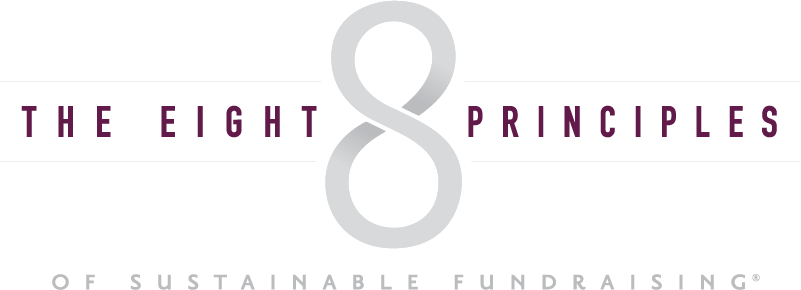
By: Jeff Jowdy, President, Lighthouse Counsel
For successful and sustainable fundraising, building a donor pipeline is important for any nonprofit.
However, before you focus on donor acquisition (much more expensive than upgrading donors, of course), be sure that you have a firm understanding of who is already in your database. And that you have plans to retain those who are already closest to you.
Principle 5: Work from the Inside Out™ of The Eight Principles® says seek gifts from your prospective donors by first approaching those closest to your organization by relationship and reason to give.
Too often, we find that a nonprofit hasn’t paid attention to the donors or prospective donors it has in its database – and loses them because of it.
Each year we hear from organizations, “we need to focus on donor acquisition.” When we dive deeper most often this is not a priority. Rather a more immediate priority is shoring up the support of those closest to you – existing donors and potential donors who already have a connection to your organization.
If you do not have a good idea of who is in your donor database, invest the time to clean it up and identify them. Do it now! This is often an arduous task that is continually put off.
Many times, an organization has names in the database and doesn’t know where those names came from. Are these valid prospects? Take the time to identify the source of these and be sure that future additions are properly coded. Figure out who the valid prospective donors are, then delete or archive those who are not. If you are unsure of the source of the record, then reach out to as many as possible. Consider wealth screening to prioritize this outreach. Invite them to attend an event, share their opinion through a survey and, of course, make a gift. If there has been no activity (engagement or gift), then provide them with the opportunity to be removed from your list or even ask them if they want to opt back in.
Identify the affiliation with your organization for as many as possible. If this information is lacking, update it as much as you can. There are times when often seemingly random names have been added, more for marketing purposes than fundraising. Be sure that the names in your fundraising database are past donors or legitimate prospects.
Do you have accurate records of past donors? Sometimes through software or staff transitions, donor history has been lost. Or never integrated. If you are missing donor history and have it available, make plans to enter it into the system.
Once you have honed your database to be sure that those in it are donors and valid prospective donors, prioritize them.
- Who are the past donors you need to reconnect with?
- Who are your consistent donors that need to be treated with a tailored approach to retain their gifts? How can you prevent “donor fatigue”?
- What are your plans to retain and upgrade donors at all levels?
- What are your plans to secure gifts from your non-donors?
- Is it time to conduct a wealth screening of your database?
- Should you conduct addition research on your top tier prospects?
Right now, your best prospects for fundraising success are those closest to you – past donors and those with a connection to your organization and a belief in your worthy mission. Shore up this base of support for fundraising success first, then make plans for ongoing donor acquisition.


